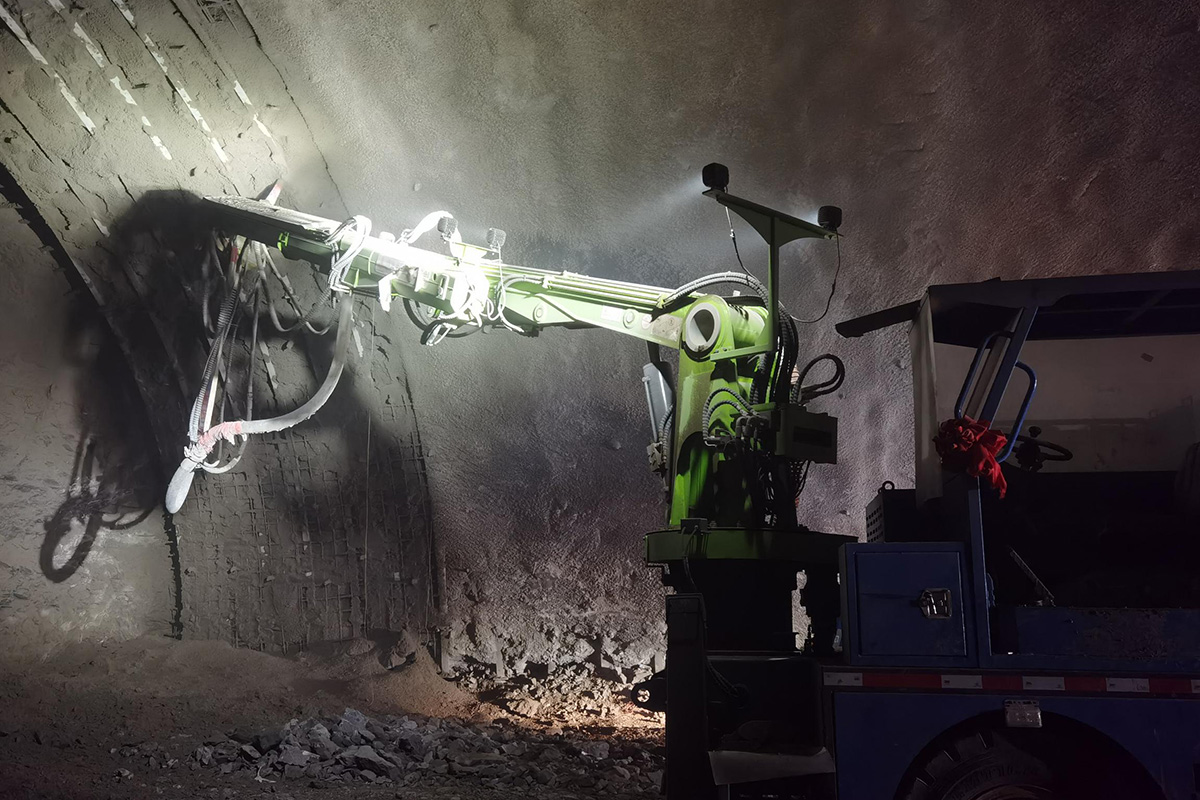What is shotcrete in tunneling? Shotcrete, also known as sprayed concrete, is a construction material used in tunneling and other infrastructure projects to provide structural support and stabilization. It is a mix of cement, aggregate (sand or gravel), water, and sometimes admixtures (such as accelerators or plasticizers) that is pneumatically projected at high velocity onto a surface.

What is the purpose of shotcrete in tunnel?
Applications in Tunneling:
1. Initial Support: Shotcrete is commonly applied to the walls and ceiling of a tunnel immediately after excavation to stabilize the surrounding rock or soil and prevent collapse.
2. Rock Reinforcement: It helps bind loose rock and fill small voids, forming a protective layer that enhances the structural integrity of the tunnel.
3. Surface Preparation: Shotcrete is often used as a base for other lining systems or as a finishing layer.
4. Sealing and Water Proofing: Shotcrete can be used with admixtures or waterproof membranes to provide water resistance in wet tunneling environments.
shotcrete process
The shotcrete process involves mixing cement, sand, aggregate, and water with additives to form a concrete mixture. This mixture is then pumped through a hose and sprayed onto the tunnel surface at high pressure. The high velocity of the spray ensures that the concrete adheres well to the surface and compacts into a dense layer.
Types of Shotcrete:
1. Wet-Mix Shotcrete: The concrete is mixed with water before being pumped through the delivery hose. This method allows for better control of water content and is often used for large-scale projects.
2. Dry-Mix Shotcrete: The dry components are mixed and conveyed through a hose, and water is added at the nozzle. It is better suited for smaller or more localized applications.
Advantages of Shotcrete in Tunneling:
1. Quick Application: Provides immediate stabilization of freshly excavated surfaces.
2. Versatility: Can be applied to complex shapes and uneven surfaces.
3. Strength and Durability: Offers good compressive strength and resistance to wear.
4. Cost-Effectiveness: Reduces the need for formwork compared to traditional concreting methods.
Shotcrete plays a crucial role in modern tunneling, especially in methods like the New Austrian Tunneling Method (NATM), where the tunnel structure relies heavily on the interaction between shotcrete and the surrounding geology.





